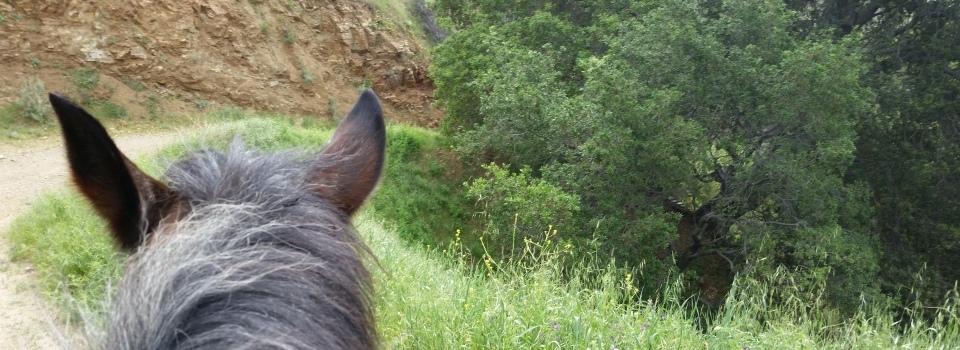In their herds, horses maintain a social framework of friendship, dominance, and leadership. Much has been written about this. But that’s not what this post is about.
Mark Rashid has written about horses wanting to fit into “our” herd. Left unstated is that the resulting herd consists of both humans and horses.
I think it’s important to note that I am a firm believer that horses probably don’t, nor will they ever, see us as a member of their herd. Rather, I believe it is just the opposite. I think horses do everything they can to fit into “our” herd.
—Mark Rashid
Just as we can misinterpret horses as other humans, horses in the combined “our herd” interpret us as horses. Some horses/people are dominant, and some are submissive. Some are leaders, and some are followers. Humans can act kind of screwy sometimes, but really there’s no other way to see them than as really strange horses (or as really gnarly predators, but that’s not where we’re going with this).
Virtually every equestrian agrees that humans need to be the leaders. Most horses are looking for leaders, and it ill suits them or the people around them when they think they have to be in charge to stay safe. A very few horses are natural leaders, and it ill suits the people around them to allow them to take this role with humans. And it’s part of the training of every equestrian to be a leader of horses.
We humans also have social hierarchies, and we don’t put those away when we are around horses. And a useful instructor–student relationship requires that the student defer to the instructor, at least during the lesson.
The problem comes when an assertive instructor dominates a submissive student, and the horse decides the student is of lower rank than he is. We’ve all seen horses in lessons defer to the instructor rather than the rider, and this is only natural—the horse is looking for the person in charge, and that’s the instructor. But if the instructor should leave the arena, the horse should always look to the rider. If the instructor so thoroughly dominates the student as to lower the student’s status to less than that of the horse, the instructor has failed, no matter how much teaching or ego gratification might have gone on.
It’s easy to watch for this, and for many instructors it’s easy to correct the problem, by building up the diffident student in the eyes of the horse. For instructors without that ability, or who are challenged by the diffidence of a particular student, the solution is to help the student find an instructor who can work with them.
Putting people below horses, intentionally or inadvertently, has no place in horsemanship.
